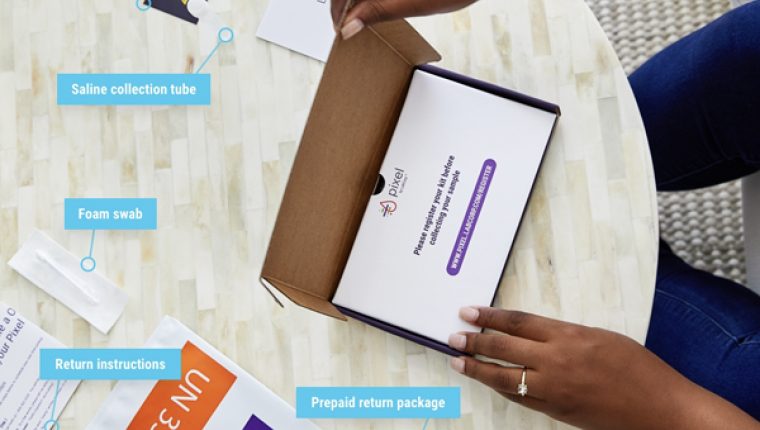Businesses find themselves in a unique situation, trying to keep their doors open while ensuring the safety of employees and customers.
Beyond mask wearing, physical distancing, and regular cleaning and disinfecting, many want to regularly test their employees. But finding and digesting the available information on how to do this right can be overwhelming, especially as a small business owner doing it alone.
Labcorp wants to help by sharing the latest information from top health agencies such as the U.S. Occupational Safety and Health Administration (OSHA) and the U.S. Centers for Disease Control and Prevention (CDC) on COVID-19 workplace testing in one place. We’re offering guidance in these areas:
- Understanding COVID-19 and Testing Options
- Creating a Workplace Testing Program
- Communicating to Employees About Testing Options
- Communicating Your Testing Plan to Customers


























